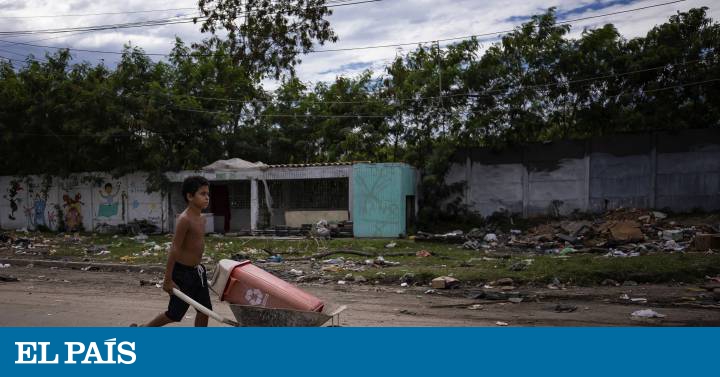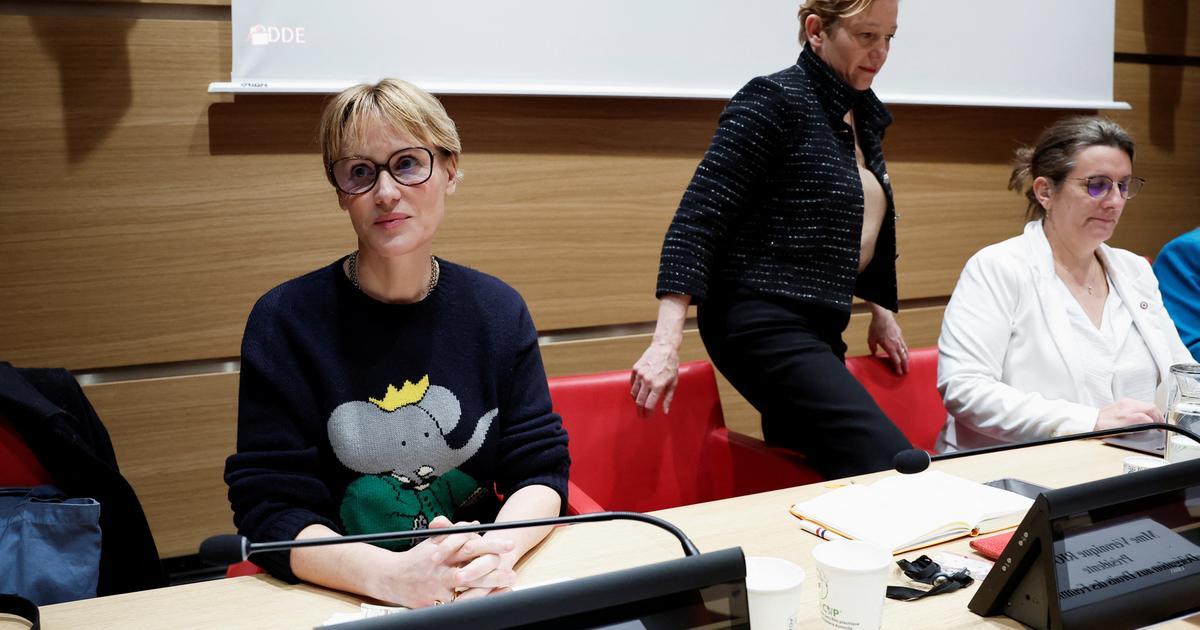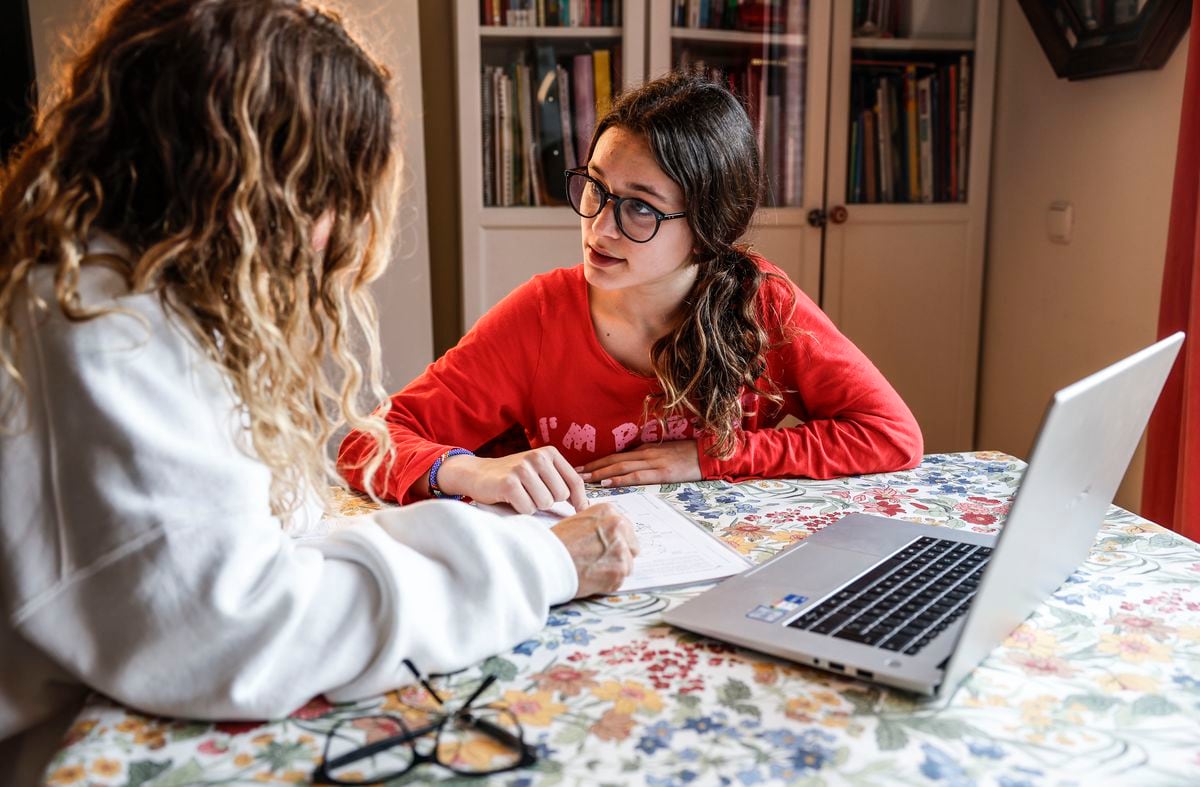"I am not just Felipe, I am the 152 million children worldwide who are in child labor." With this phrase, a Brazilian teenager opened his speech at the meeting of the UNICEF Executive Council, at the headquarters of the United Nations, in New York, in September 2019. His name is Felipe Caetano and, at 17 years old, he demonstrated how cruel which is child labor, but also how to overcome it.
MORE INFORMATION
A choir against child exploitation- Child slavery that hides a chocolate bar
- Street children: those most exposed to the coronavirus
In this moment of pandemic, when we face the risk of increasing poverty and child labor in Brazil and in the world, the story of Felipe Caetano brings us hope and shows us ways. A resident of Arquiraz, in northeast Brazil, started working at the age of 8, collecting cans and bottles to help support his family. At 12 years old I was already a waiter on the beach. It was then that he learned about the Teen Citizenship Center, a Unicef initiative to guarantee the right to participation of girls and boys in the municipalities where they live. There, he learned that he had rights. He understood that children have to be in school, they don't have to work. He understood that there are laws that protect him, that work is prohibited in Brazil for children under the age of 16, except as an apprentice. And it changed its history.
But how many other Felipes still exist in Brazil? In the last decades, the country has managed to significantly reduce child labor rates. Between 1992 and 2015, 5.7 million children and adolescents between the ages of five and 17 were removed from this condition, which represents a 68% reduction, according to the 2015 Brazilian Institute of Geography and Statistics (IBGE).
However, 2.4 million children and adolescents between the ages of five and 17 were still in child labor in Brazil in 2016, according to the IBGE (latest available data). The problem particularly affects black girls and boys. Of the total child labor in the country, 64.1% were colored. In general, they are also the most exposed to other deprivations of rights, since they live in poverty, often outside of school or behind in their studies.
Pandemic increases risk in Brazil
As a side effect, the new coronavirus pandemic may further expand these inequalities. This brings us a warning sign: there is an imminent risk of increasing child labor in the country. With schools closed to prevent transmission of the virus and increased misery, work may seem, by mistake, a way for children to help their families. This alternative cannot be accepted. Child labor is a violation of their rights. It impacts physical and emotional development, in addition to often preventing the continuity of education, reproducing cycles of poverty in families. Child labor can also be a gateway to other violations of children's rights, such as sexual violence.
He understood that children have to be at school. He understood that there are laws that protect him, that work is prohibited in Brazil for children under the age of 16. And changed his story
At this time, it is even more necessary to promote efforts to ensure that vulnerable children and adolescents return to school after the pandemic, and that their families have support to overcome precarious situations. At the same time, it is essential to look at teens age 14 and older, providing them with opportunities for learning and sheltered work.
The Federal Constitution prohibits the work of children under the age of 16 in Brazil, except as an apprentice, from the age of 14. The Apprenticeship Law (10.097 / 2000) determines that each medium or large company has between 5% and 15% of apprentices, between 14 and 24 years old, considering the functions that require professional training.
However, in 2018, there were only 435,956 young people registered as apprentices in the country. At the same time, more than 1.7 million children and adolescents between the ages of 4 and 17 did not attend school, including 1.15 million adolescents between the ages of 15 and 17.
For this reason, Unicef calls on public and private companies to reinforce their commitment to each Brazilian adolescent. By offering an apprenticeship, the company can fulfill its social role and contribute so that girls and boys can attend regular school in high school and have the opportunity to receive paid technical and vocational training.
On this World Day to Combat Child Labor, as we move towards a post-pandemic reality, the learning option is even more important in keeping adolescents in school, with income, and protected from child labor and other types of violence. Equally important will be the safe return of children and adolescents, particularly the most vulnerable, to school once the impact of the epidemic has diminished.
Ensuring access to education and learning options is the best protection against child labor, which continues to keep girls and boys in a vicious circle of poverty and exclusion.
Florence Bauer is Unicef's representative in Brazil.
You can follow PLANETA FUTURO on Twitter and Facebook and Instagram, and subscribe here to our newsletter.







/cloudfront-eu-central-1.images.arcpublishing.com/prisa/QTVF3EOGLFBTPJL3YXHGH4CEFE.jpg)




/cloudfront-eu-central-1.images.arcpublishing.com/prisa/KMEYMJKESBAZBE4MRBAM4TGHIQ.jpg)


